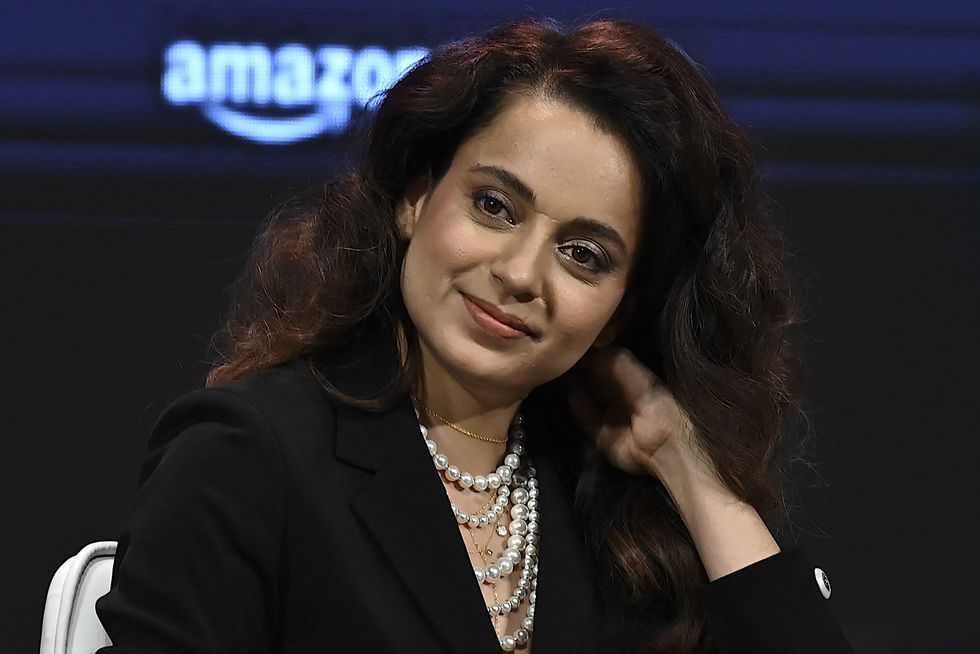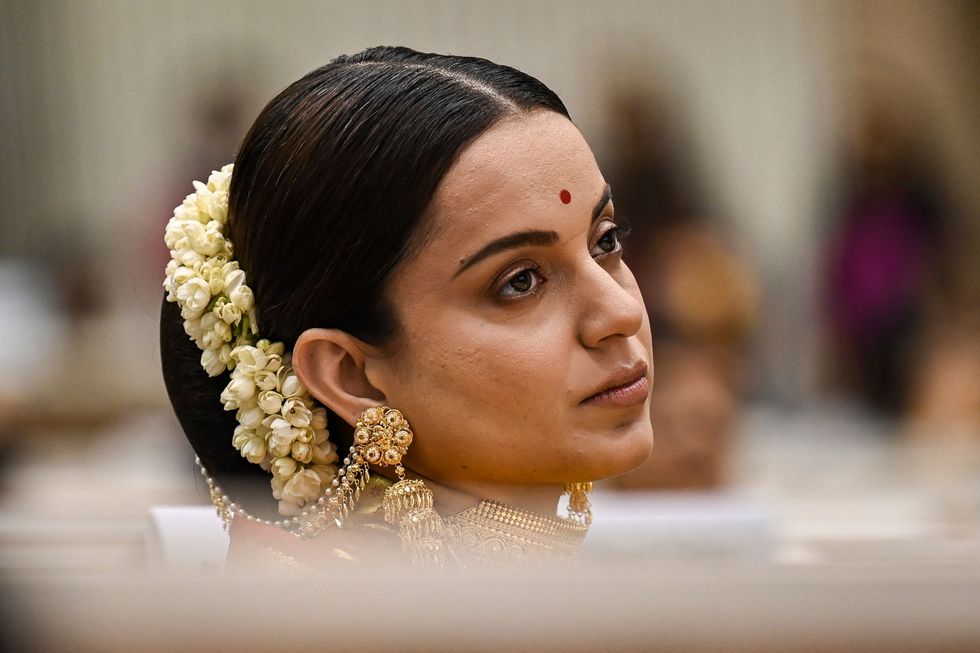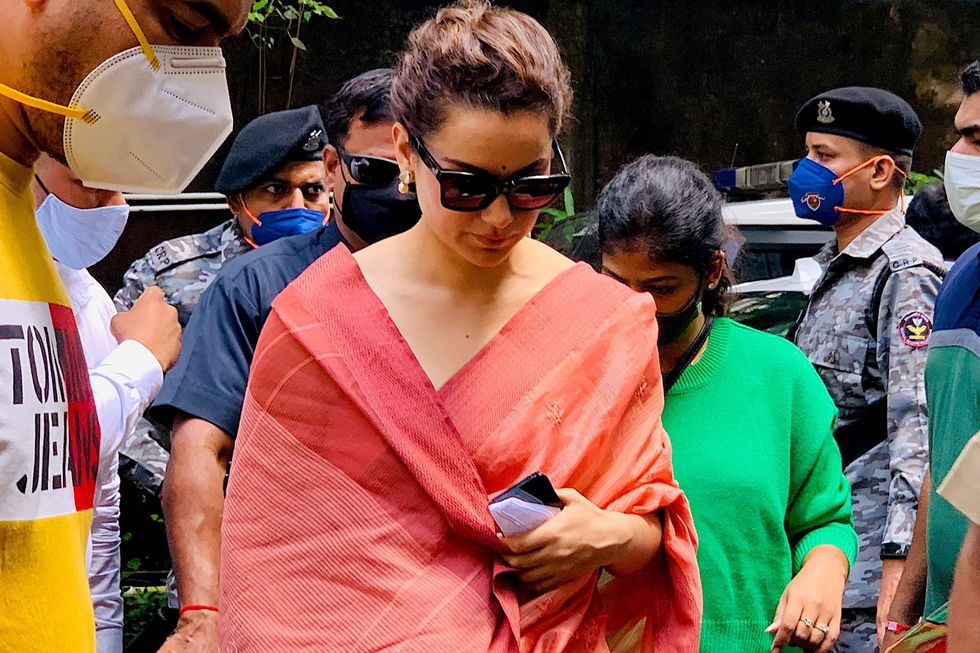By Murtuza Iqbal
Akshay Kumar starrer Sooryavanshi was slated to release in March 2020, but the film was postponed due to the pandemic. The makers then decided to release it on 30th April 2021. But, due to the second wave of Covid-19, the lockdown was announced in India, and once again theatres were shut.
Another film of Akshay, BellBottom, is also ready for a release and was slated to hit the big screens on 28th May 2021. But, the release date of the film has been postponed.
Today, Akshay has given a statement about the films’ release dates. The actor has stated, “I’m humbled at the excitement and eagerness of my fans regarding the release of Sooryavanshi and Bell Bottom, and want to thank them from the bottom of my heart for all their love. However, at this point, it is purely speculative to say that both films will release on Independence Day. The producers of both films are working out the release dates and will make announcements at the right time.”
Well, there have been reports of both the film getting a direct-to-digital release. However, there’s no official announcement about it.
A few days ago, while talking to us about the release date of BellBottom, producer Deepshikha Deshmukh had stated, “We are going to wait and see how things panned out. We are in the middle of a pandemic and we are still figuring what we want to do. But hopefully, we’ll see some clarity soon.”
BellBottom also stars Vaani Kapoor, Huma Qureshi, and Lara Dutta. Meanwhile, Katrina Kaif plays the female lead in Sooryavanshi.
















 Pedro Pascal addresses fan backlash over playing Reed Richards at 50Getty Images
Pedro Pascal addresses fan backlash over playing Reed Richards at 50Getty Images 
 Kangana Ranaut speaks on equality and her role as a ParliamentarianGetty Images
Kangana Ranaut speaks on equality and her role as a ParliamentarianGetty Images  Kangana Ranaut calls equality a flawed idea, claims it’s ruining work ethic in today’s youthGetty Images
Kangana Ranaut calls equality a flawed idea, claims it’s ruining work ethic in today’s youthGetty Images Kangana Ranaut says belief in equality has created a ‘generation of morons’ in viral Times Now interviewGetty Images
Kangana Ranaut says belief in equality has created a ‘generation of morons’ in viral Times Now interviewGetty Images Kangana Ranaut blames equality for entitlement culture, says no two people are equalGetty Images
Kangana Ranaut blames equality for entitlement culture, says no two people are equalGetty Images

 Actress Bella Thorne and Charlie Puth attend the Y100's Jingle Ball 2016Getty Images
Actress Bella Thorne and Charlie Puth attend the Y100's Jingle Ball 2016Getty Images  Bella Thorne's commentInstagram Screengrab
Bella Thorne's commentInstagram Screengrab  Charlie Puth performs onstage at an interactive global eConcert liveGetty Images
Charlie Puth performs onstage at an interactive global eConcert liveGetty Images  Bella Thorne and Mark Emms attend a red carpet for the movie "Priscilla"Getty Images
Bella Thorne and Mark Emms attend a red carpet for the movie "Priscilla"Getty Images Charlie Puth and Brooke Sansone attend the 10th Breakthrough Prize CeremonyGetty Images
Charlie Puth and Brooke Sansone attend the 10th Breakthrough Prize CeremonyGetty Images